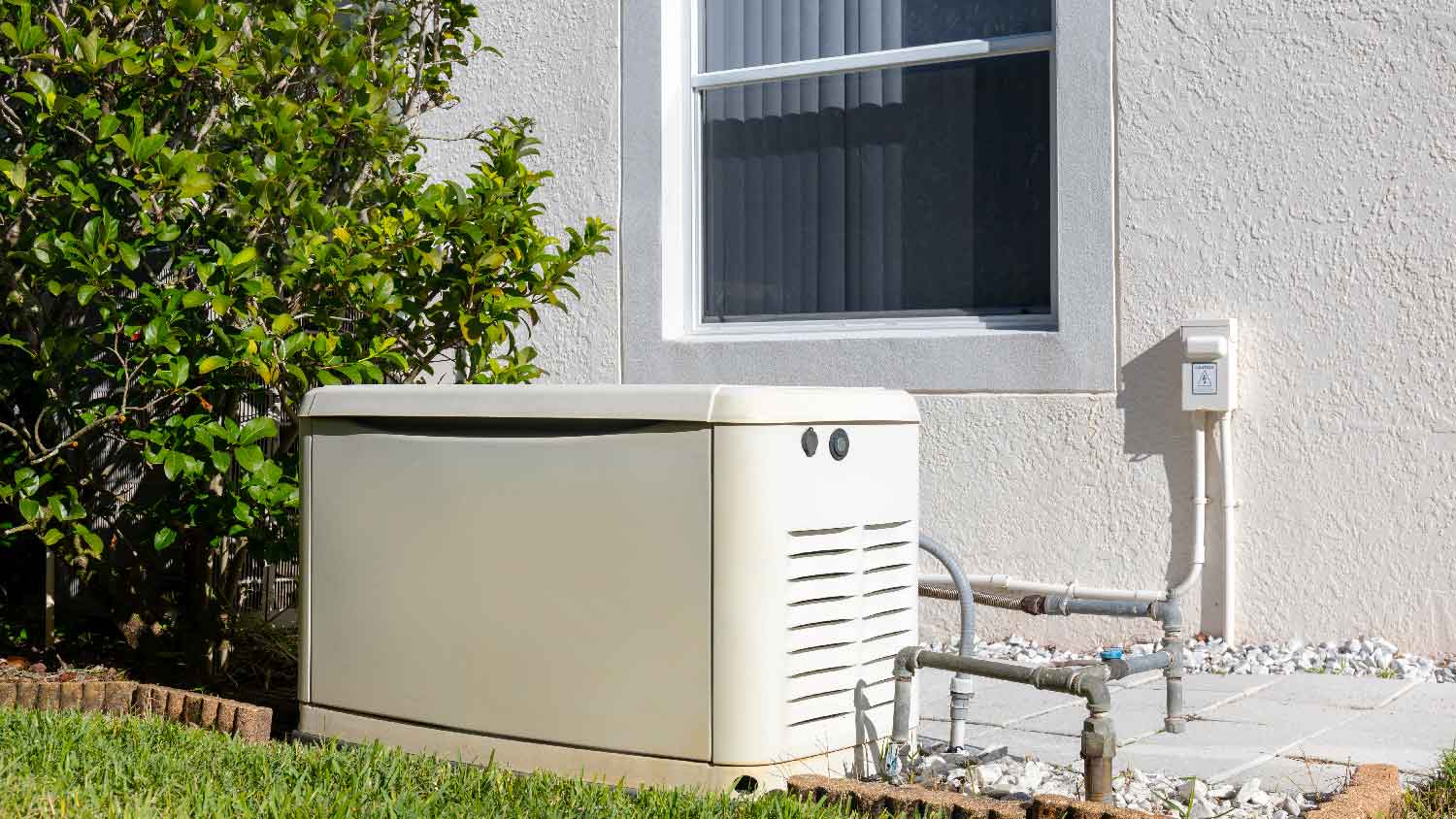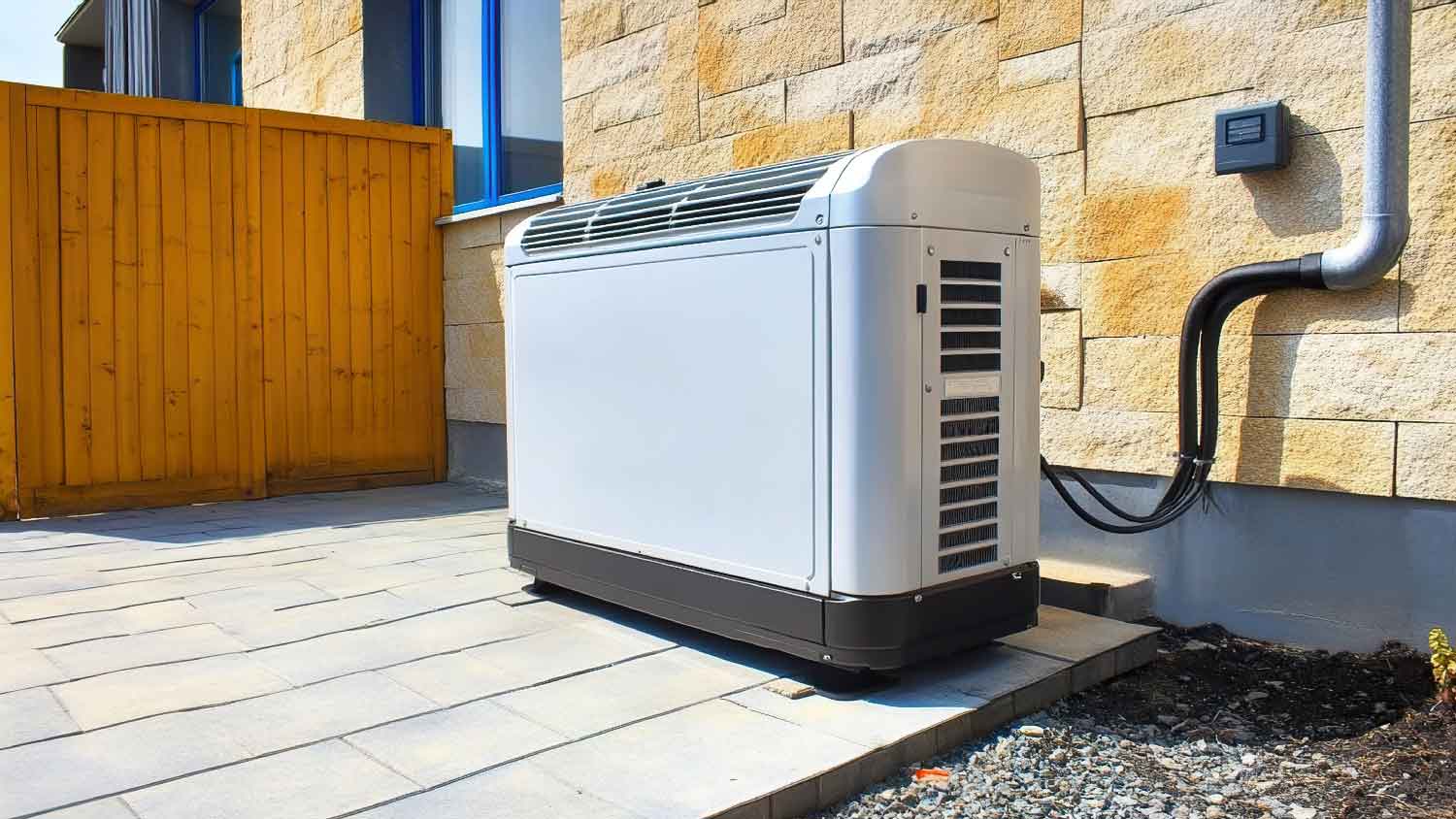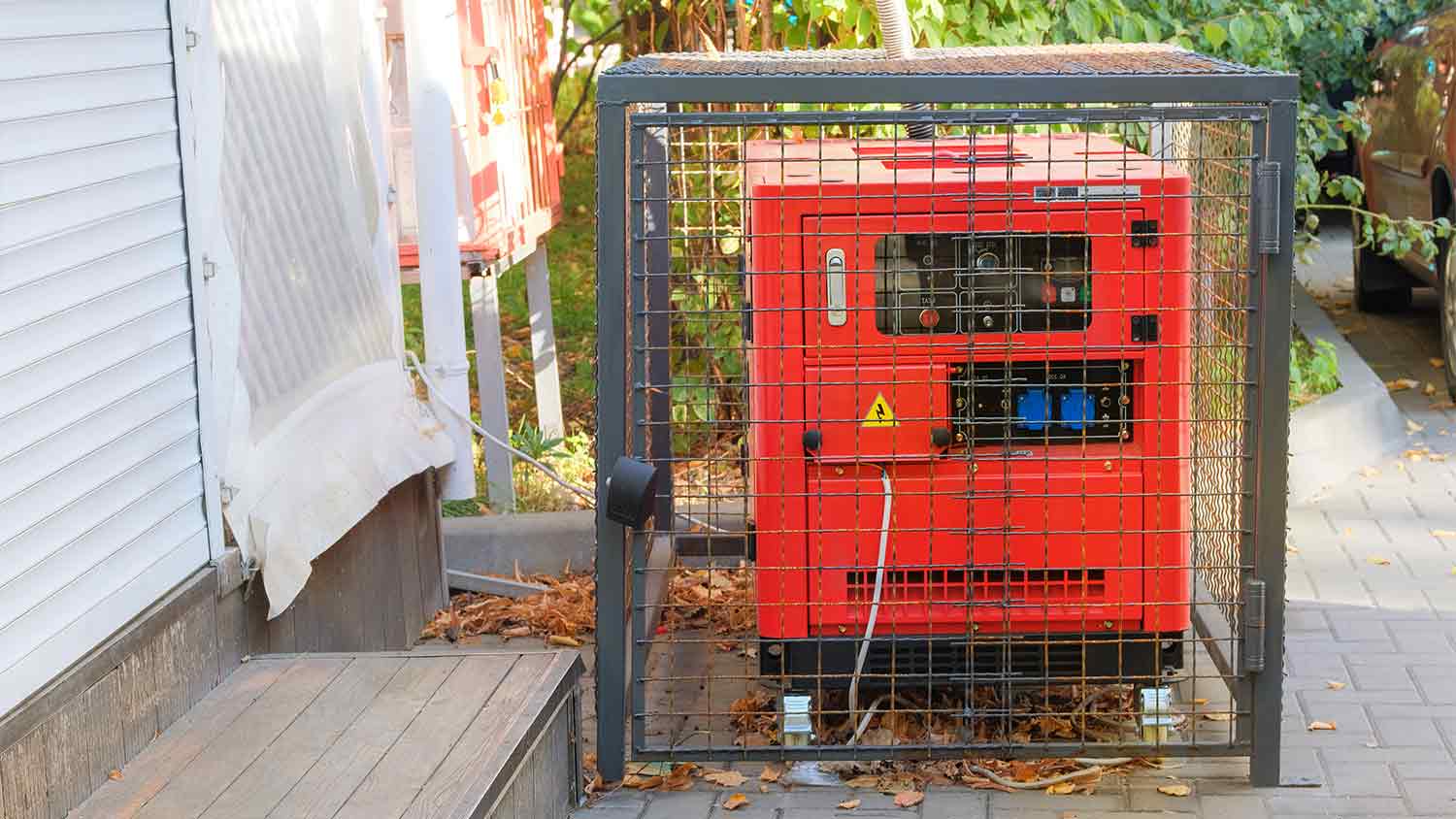How Much Does It Cost to Run a Standby Generator?
The average cost to run a standby generator is $3 per hour, but it can range between $2 per hour and $5 per hour, depending on the generator’s size and fuel type.
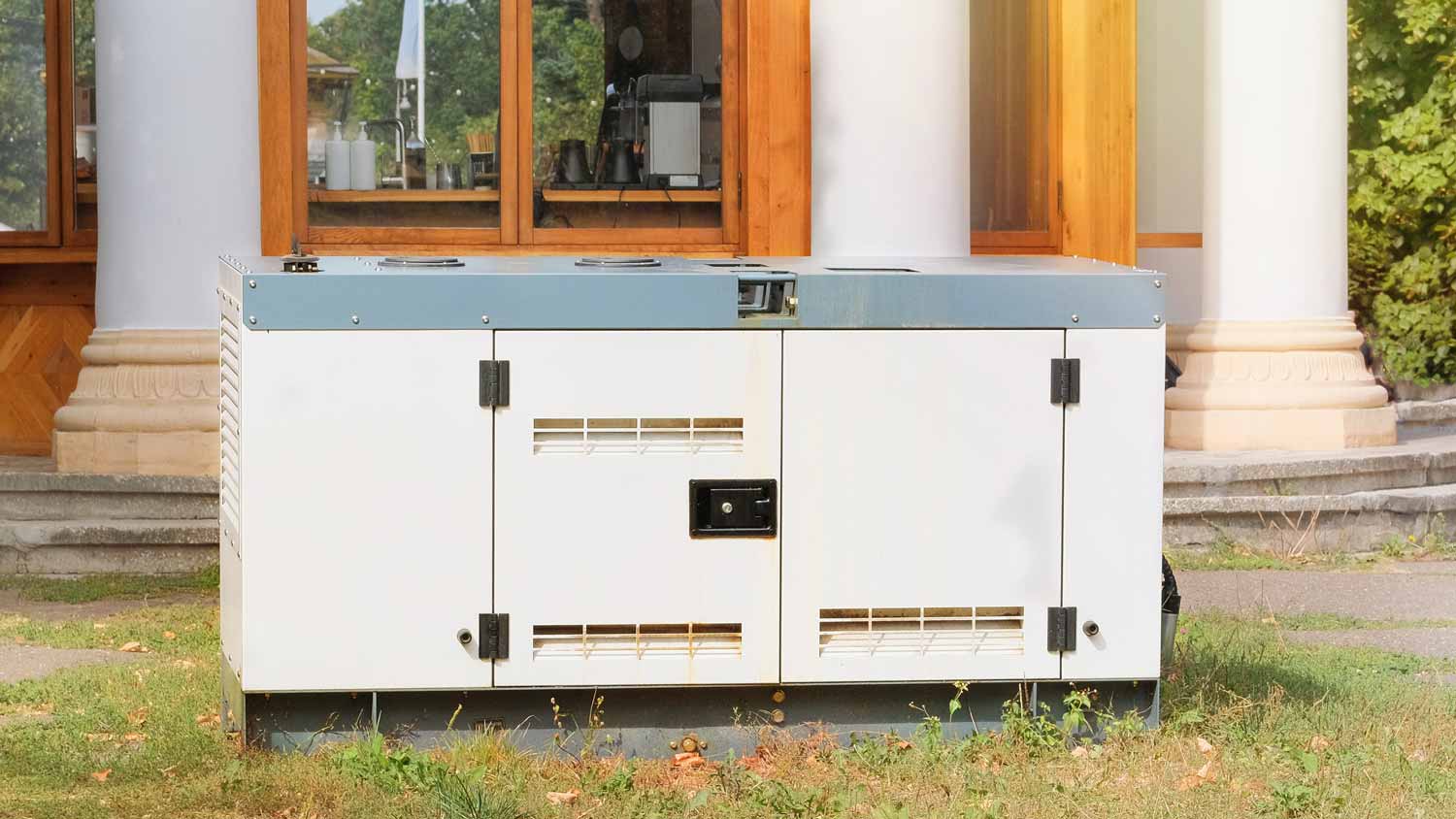

The average cost to run a standby generator is $3 per hour, though prices can fall between $1 per hour and $10 per hour. If the power goes out, a standby generator can keep your home running, but it's important to factor in how much you'll spend to run the generator, especially for extended power outages. Let’s review the costs associated with running a standby generator.
Factors Impacting the Cost to Run a Standby Generator

These are the main factors that will play into the cost to run a standby generator.
Types
The type of generator has a key impact on the cost to run it. Natural and propane gas are the least expensive, while diesel will cost the most. Here’s how the costs break down on an hourly to daily basis.
| Generator Type | Cost to Run per Hour | Cost to Run per Day |
|---|---|---|
| Gasoline | $2–$5 | $60–$120 |
| Diesel | $6–$10 | $140–$240 |
| Natural Gas | $1–$5 | $25–$120 |
| Propane Gas | $1–$5 | $25–$120 |
Size
The size of the whole-house generator plays a significant role in the cost to run it, as larger wattage capacities require more fuel. Below are the average expenses based on the size of the generator.
| Generator Size in Kilowatts | Average Cost to Run per Day |
|---|---|
| 7.5–9 | $10–$130 |
| 10–15 | $20–$210 |
| 16–22 | $30–$220 |
| 23–36 | $50–$300 |
Location
Since fuel expenses vary across the country, location plays a significant role in how much it costs to run a standby generator. Areas with lower costs of living will see lower generator fueling and maintenance costs.
Ongoing Costs of Running a Standby Generator
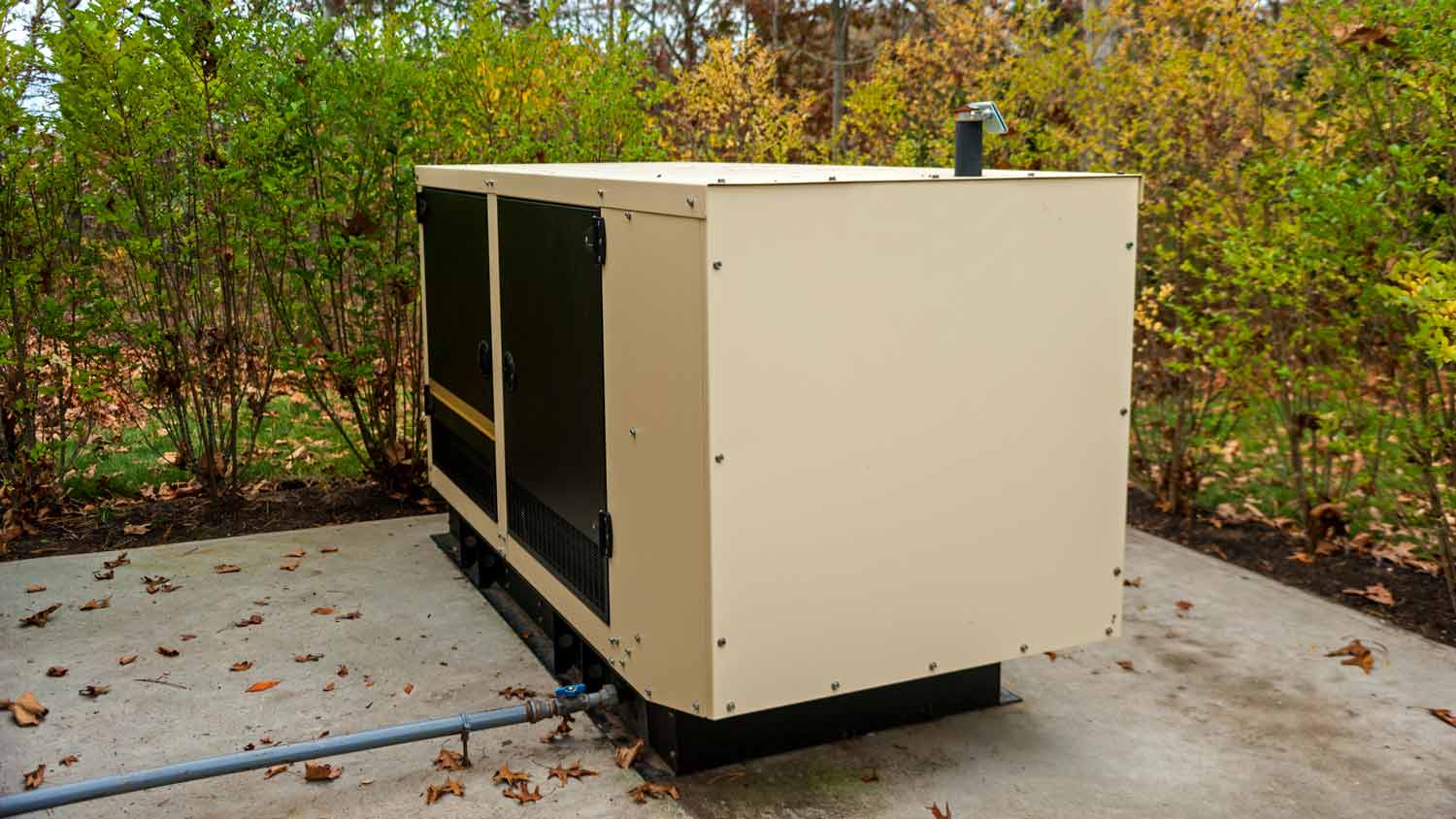
Aside from the covering fuel costs for the function of the standby generator, these are a few other expenses to budget for.
Maintenance
The cost of maintaining a whole-house generator averages between $150 and $300 per year. While it’s not a small expense, especially in the grand scheme of your generator’s lifespan, keeping up with maintenance is crucial for preventing costly breakdowns and ensuring it functions properly when you need it the most.
Repairs
If any part of your generator breaks down, repair costs can vary anywhere from $50 to $2,000, depending on the part that needs replacing. A simple carburetor swap can cost as low as $60, while a major engine replacement can cost upwards of $2,000.
Tips to Reduce Costs While Running a Standby Generator
A standby generator is an ongoing investment, but there are a few different ways to keep costs down. Here are some of the best ways to save when running a standby generator:
Always have a generator installed by a certified local generator installer to ensure it’s set up correctly and works as efficiently as possible.
Determine the right generator size beforehand by calculating your home's power needs with an electrician.
Clean air filters, fuel filters, and spark plugs regularly to keep the generator running efficiently.
Follow the manufacturer’s maintenance schedule to prevent breakdowns and costly repairs.
Compare fuel options and switch to a more cost-effective source (like natural gas) if available.
Buy fuel in bulk to take advantage of lower rates and long-term savings.
Limit power use during outages by running only essential appliances.
Stagger the use of high-energy devices instead of running them all at once.
Get multiple installation quotes to find the best deals on labor and equipment.
DIY Running a Standby Generator vs. Hiring a Pro
If you’re concerned about the cost to run a standby generator, the good news is that you don’t need to invest in professional labor to start your unit. Many standby generators feature an automatic transfer switch, which will automatically transfer power from the main breaker to the generator in the event of an outage. If you don’t already have one, the cost to install an automatic generator transfer switch is between $1,000 and $2,500. Otherwise, manual transfer switches are simple to use, requiring only a flip of a switch to activate them.
As for repairs and yearly maintenance visits, hiring a professional generator installer is essential. Since whole-house generators are hooked up to your home’s electrical system, as well as your natural gas supply if that’s the fuel source, they’re extremely dangerous for anyone other than a pro to work on. By hiring a pro, you can ensure your generator stays ready to go in the event of an emergency.
Frequently Asked Questions
The cost to install a whole-house generator averages at $5,200, but costs can range from $1,500 to $8,900, depending on the type and size of the generator, and the labor required to install it. To find the best deal while still ensuring the unit meets all the needs of your household, hire an electrician to calculate the electrical load of your must-have appliances and electronics beforehand so you don’t pay for more power than you need. As always, be sure to get at least three quotes to find the ideal fit for your needs and budget.
While standby generators provide essential backup power, they can fail when you need them most due to lack of maintenance, fuel supply issues, dead batteries, electrical problems, or improper installation. To avoid costly failures, professional installation and regular maintenance are crucial. Licensed technicians ensure safety, uphold warranty requirements, comply with regulations, and provide expert servicing.
The amount of time a standby generator can run continuously is around 3,000 hours on average. However, standby generators can generally run indefinitely as long as they have a continuous fuel supply. Generators hooked up to a home’s natural gas supply are the best option for extended usage, as these won’t rely on a finite fuel supply based on how much you have in storage. Generators running on liquid propane or diesel won’t last as long, as these require fuel storage and regular refueling to stay running.


